Grevillea
netoto
17 years ago
Related Stories
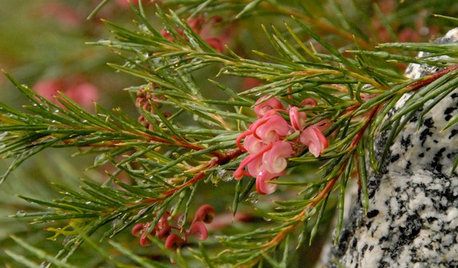
GARDENING FOR BUTTERFLIESGreat Design Plant: Noell's Grevillea
Late winter is prime showtime for this shrub's artful blooms, bringing color and cheer to coastal landscapes
Full Story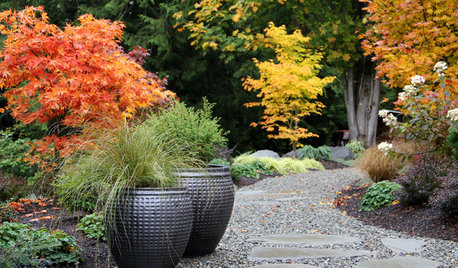
CONTAINER GARDENS9 Tips for Creating an Artful Container Garden
Make your potted plantings a beautiful sight with these ideas for container types, plant groupings and more
Full Story
CHRISTMAS10 Easy Decorating Ideas for a Festive Entryway
'Tis the season for welcoming guests with wreaths, special lighting and plenty of comfy seating
Full Story
GARDENING GUIDESOh, Deer! 10 Native Flowers That Stand Up to the Herds
Keeping a garden amid hungry deer can be hard, but these plants should fare well
Full Story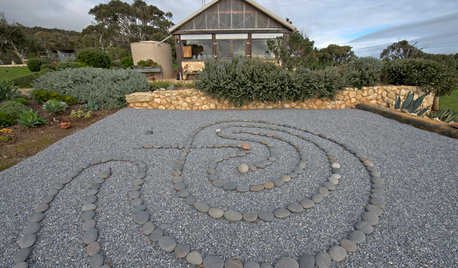
STUDIOS AND WORKSHOPSStep Inside a Stunning Nature-Inspired Sanctuary in South Australia
An Aussie artist lets the natural coastal landscape dictate the design of her creative retreat
Full Story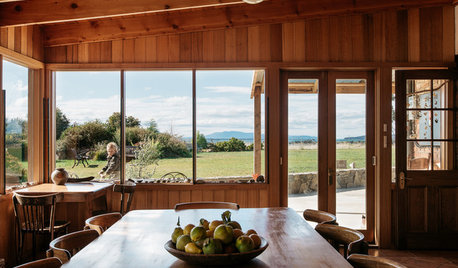
HOMES AROUND THE WORLDThe Great Escape: Family Rebuilds After a Devastating Wildfire
Tim and Tammy Holmes survived the 2013 Tasmanian bushfires but lost their home. See how they’ve started over
Full StorySponsored
More Discussions



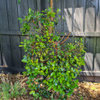
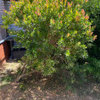
nathanhurst
trish_g
Related Discussions
The black grevillea, g. scortechinii.
Q
Grevillea Firesprite
Q
Grevillea Murray Valley Queen
Q
Planting Grevillea thyrsoides ontop of a pet
Q
netotoOriginal Author
netotoOriginal Author
nathanhurst
ian_wa
nswnotill
myr21